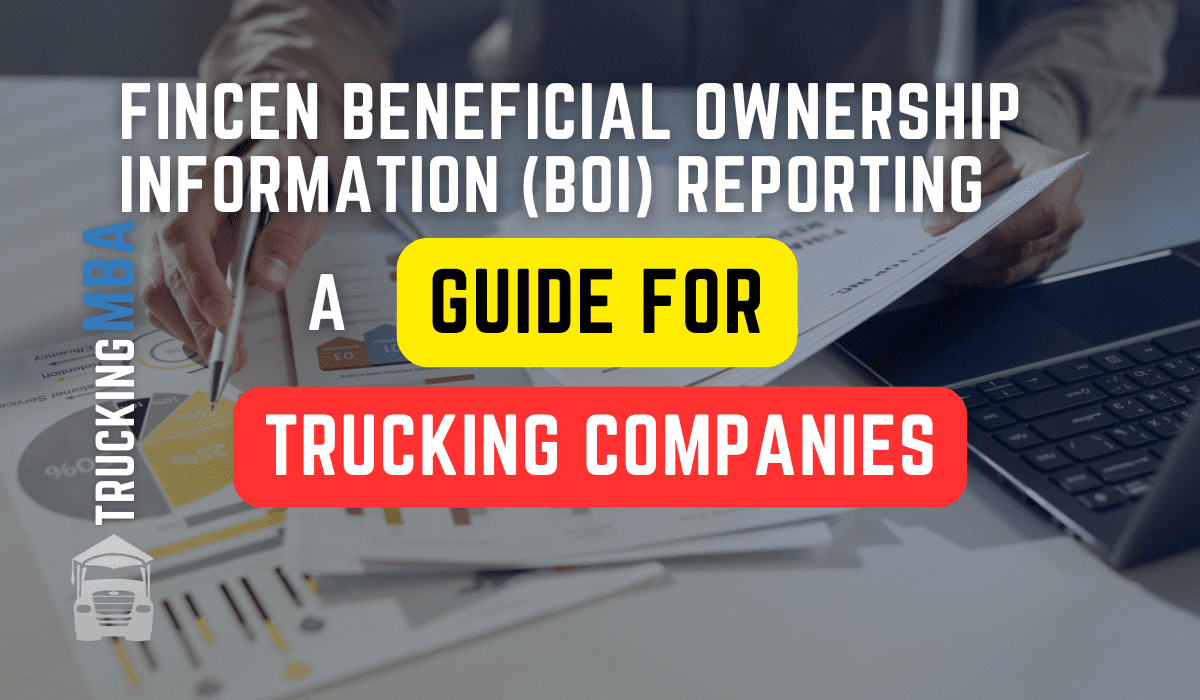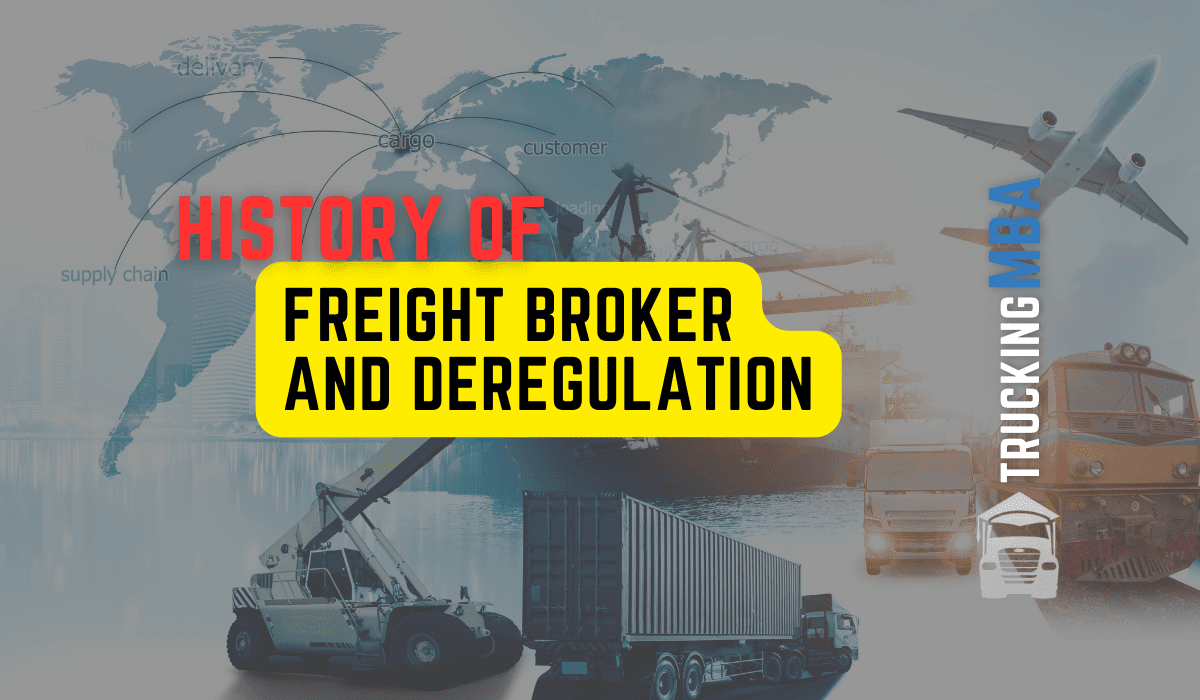The fluctuation in on-site and off-site audits due to the pandemic has been akin to a long, winding road trip with many uncertainties. But, as with any trip, the more you know, the better prepared you can be. In recent times, there has been a significant increase in the Federal Motor Carrier Safety Administration’s (FMCSA) on-site audits. This acceleration may impact your trucking business, and it’s essential to understand why this change is happening, and how you can prepare for it.
Why On-Site Audits are on the Rise
One reason for more on-site audits is surely due to the easing of social distancing measures. As we have moved towards normal operations, the FMCSA has increased its on-site auditing activities.
However, there’s also another sobering reason. Tragically, there has been a rise in preventable motor vehicle accidents, hitting more than 46,000 deaths for two consecutive years. Meanwhile, the mileage death rate in 2022 went up nearly 22% compared to 2019.
So, here’s the crux: on-site audits allow the FMCSA to assess a carrier’s safety practices more thoroughly. Even though our vehicles are armed with the most innovative safety technologies, the number of accidents isn’t decreasing. As a result, these intensive investigations which involve interviews, vehicle inspections, and document requests have become more crucial.
Watch Out for the Fines
Non-compliance can trigger audits and result in hefty fines and higher Compliance, Safety, Accountability (CSA) scores. According to recent reports, fines have become steeper, with the FMCSA collecting $25.7 million last year—40% up from 2021.
Get Audit-ready
So, how do you safeguard your business from these fines? Here are some tips:
- Conduct a Self-audit: Routinely evaluating your compliance can help you spot and correct areas of concern before facing an official audit.
- Maintain Digital Records: Electronic record-keeping is not just easier, but it also aids in identifying issues faster, keeping you compliant, and helping you ace either off-site or on-site audits.
- Check Critical Files: Review driver qualification files, drug/alcohol testing records, Hours of Service (HOS), and inspection/maintenance files regularly as these areas frequently harbor violations.
The Final Word
Prevention is always better than cure, and in the world of trucking, an ounce of prevention can save thousands of dollars in fines. Regular self-auditing, fostering a compliance mentality, and proactive action in addressing non-conformances can help keep the wheels of your business turning safely and smoothly.
Use the FMCSA’s six-step Safety Management Cycle (SMC) to address safety and compliance issues methodically:
- Policies and procedures.
- Roles and responsibilities.
- Qualification and hiring.
- Training and communication.
- Monitoring and tracking.
- Meaningful action.
There’s no shame in seeking help as well. Partnering with experts in DOT compliance can offer valuable insights and guidance, ensuring a smooth ride.




Responses